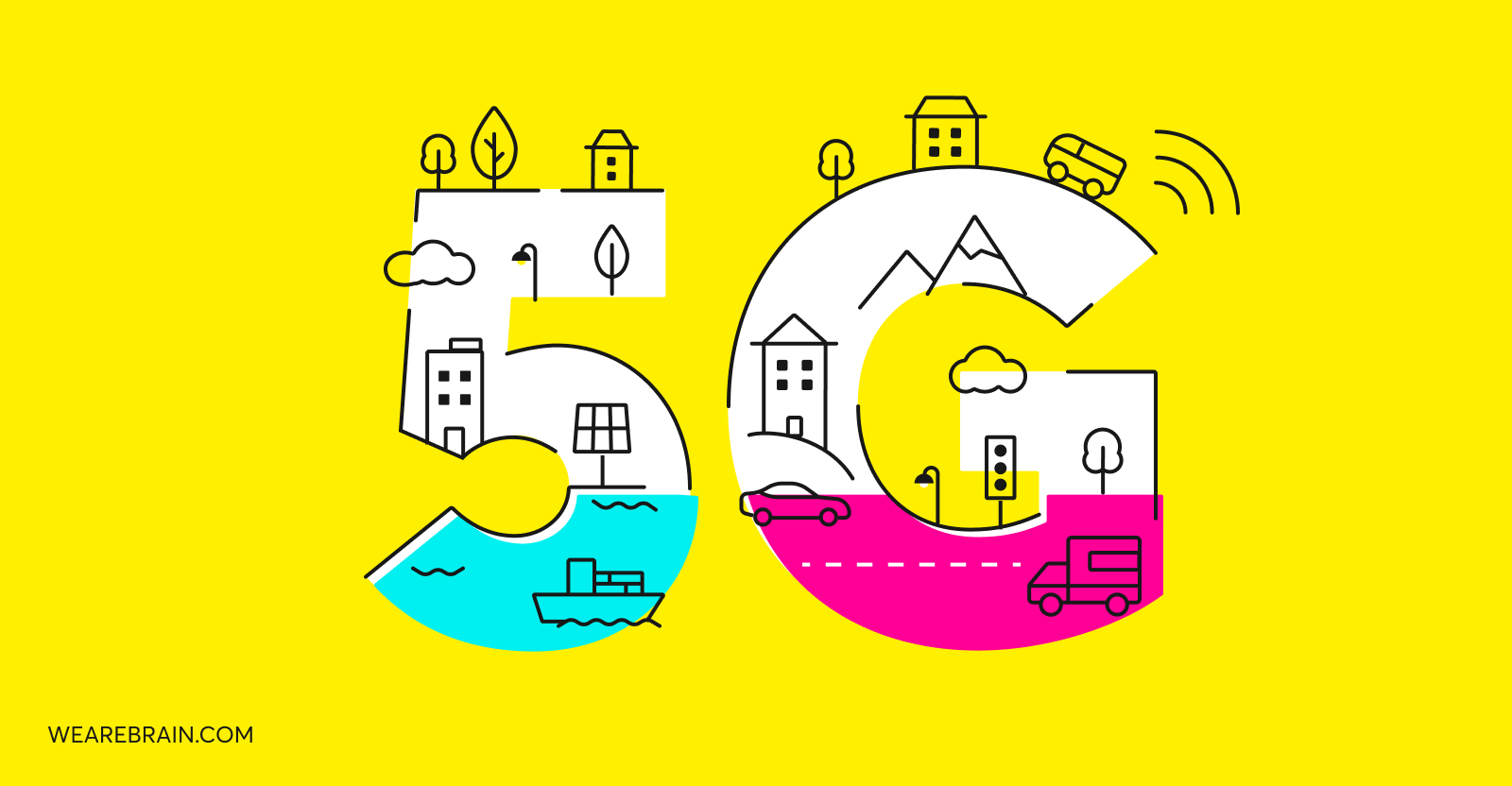How 5G rollout is poised to be a game-changer in 2021

For a few years now, there has been plenty of hype and speculation surrounding the much-anticipated arrival and rollout of 5G networks into the consumer market. But 2021 is poised to be the year where network readiness and 5G’s widespread availability will align perfectly and hopefully exceed our expectations. Initially, the European Commission set its sights on a commercial large-scale rollout of 5G across all EU Member States by the end of 2020. However, the world had more pressing matters to deal with last year and preliminary 5G networks were disappointingly slow. But 2021 is the year the hype is expected to come to fruition as rollout has caught its second wind.
So what opportunities are on the horizon as we begin to witness the incremental rollout of the world’s fastest, most unprecedented internet network?
4G vs 5G: what’s the difference?
In order for us to truly understand and appreciate the capabilities of 5G and its imminent global impact, we must first differentiate it from its predecessor.
4G enabled our smartphones to become mini-computers, allowing us access to stream digital content with ease from anywhere in the world. At the time, it was a perfect fit for our needs. But with the recent advancements of technology, particularly in the cloud and edge computing space, our global bandwidth and connectivity highway has come under enormous strain. A new generation of powerful networking capabilities was required to keep up with modern demands and usher in a new era of global digital reach.
5G is the next (fifth) generation of wireless network technology that has the power to fuel innovation and transform the way we live, work, and play. With 5G, high amounts of data can be transmitted far more efficiently than 4G LTE. That means faster download speeds (up to 100 times faster) and support for more connected devices than ever before. While 4G catered to connect smartphones, 5G connects any and all internet-ready devices, from robots to IoT devices.
Thanks to 5G’s mix of high-, mid-, and low-band radio frequencies to connect devices, the network is much faster and has higher capacity than previous generations. This means more devices are able to connect without sacrificing the performance of another, as is the case with 4G LTE. Additionally, 5G network antennas use considerably less power than previous iterations.
One of the most notable differences between 4G and 5G is the latter’s ability to slice networks. According to Ericsson, portions of the network can be tailored for specific purposes and can act as its own independent network. Each slice can optimise the functionalities required for a specific service without wasting resources on things it doesn’t need.
The effects of 5G
Thanks to its low latency, 5G has the potential to benefit us in a variety of ways, including everything from entertainment and gaming to education and public safety. According to T-Mobile, 5G promises to deliver faster download speeds, real-time responses, and enhanced connectivity, giving businesses and consumers the potential to experience new, innovative technologies.
New-age digital content
With increased access to 5G networks that support faster download speeds and reduced latency, new content formats will likely emerge that rely on high-quality video content being streamed. Video will naturally experience an explosion across all major industries as it will be far more accessible than ever before. Not only in the consumer entertainment arena where games and video streaming platforms will take center-stage, but businesses and governments will implement video in a variety of new and innovative ways to sell, educate, onboard, and engage with audiences.
VR and AR will experience a boom in popularity, and many industries will leverage these technologies further. This will no doubt have a key effect on consumer behaviors, as more people will utilise smart devices capable of utilising 5G’s power. Live streaming will quickly become the norm and businesses will leverage this technology to reach wider audiences on a level never experienced before. Video will become ubiquitous as the hindrances which once stood in its way will soon be overcome thanks to technology.
Edge computing
5G is empowering innovative thinking as it speeds up computing and processing power at the network edge. Lightening-fast connectivity speeds and data transferring will now be able to be performed at the very edge of the network (devices and sensors). This means faster real-time data processing on a large-scale, allowing for IoT speeds never experienced before, opening up many possibilities.
The potential for innovation through digitisation is huge within the healthcare industry, and this will be accelerated through the introduction of 5G technology. 5G technology will also allow for real-time access to health data, the use of wearable technology, and even bring closer the reality of remote surgery. Through AR and VR, 5G can assist with the training of medical professionals remotely.
5G will enable the constant communication between ubiquitous sensors to power not only IoT devices but entire smart cities. Road signs, street lamps, traffic lights, and transportation will be operating at unprecedented speeds, allowing for faster data-processing and improved service to people. Self-driving cars will benefit a lot from faster connectivity speeds and no latency, creating safer streets.
Summary
There is no doubt that 5G will positively impact all major global industries and businesses in the years to come. Many benefits we will only likely see in the coming years. As the world moves decisively more towards a digital ecosystem for almost every need and requirement, the only thing that was previously standing in the way was speed. But with 5G, speed is not going to be a problem, which opens up a plethora of opportunities and possibilities for us in the coming years. We can’t wait to see the result!
Elvire Jaspers
Working Machines
An executive’s guide to AI and Intelligent Automation. Working Machines takes a look at how the renewed vigour for the development of Artificial Intelligence and Intelligent Automation technology has begun to change how businesses operate.







